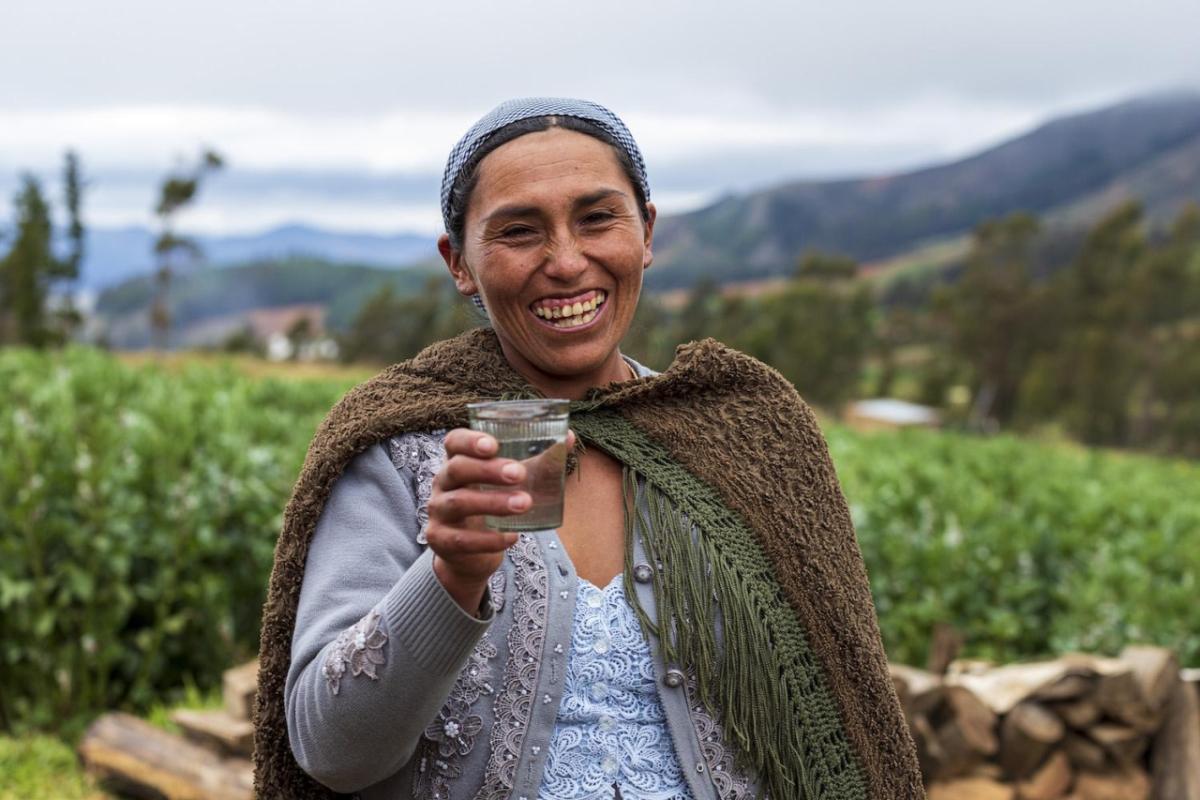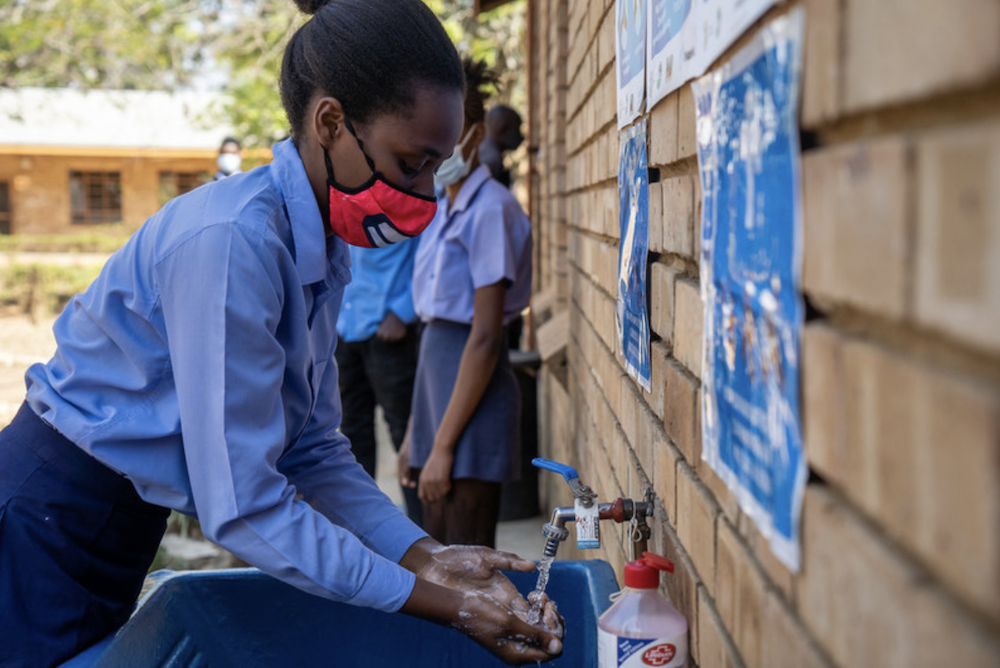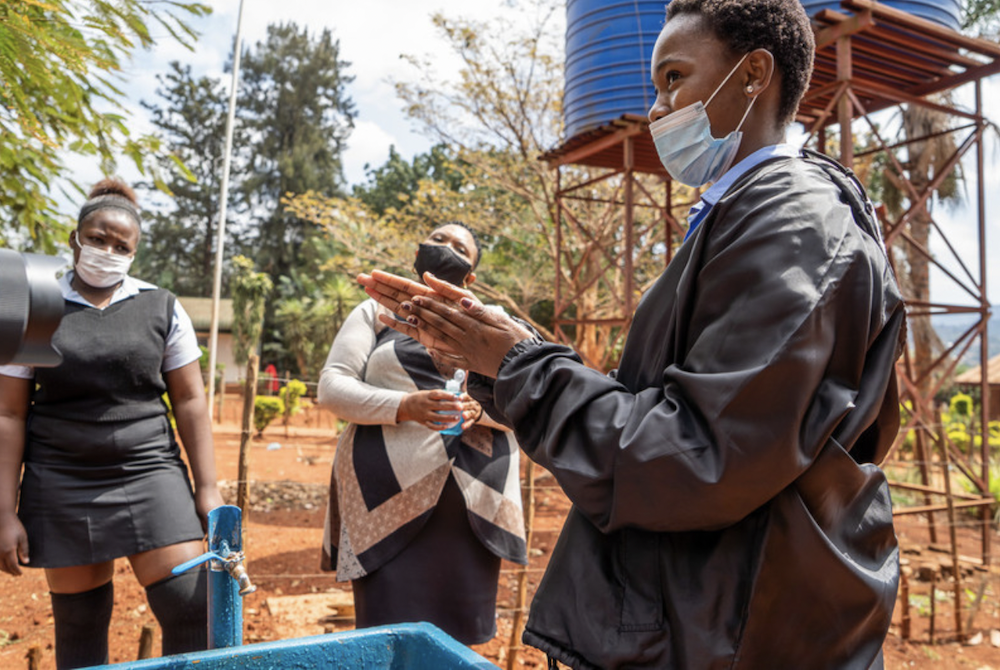Making Lives Better Through Humanity-Centric Innovation
Words by Pete Dulcamara
Originally published by TriplePundit
It’s difficult to fathom, but roughly 2 billion people around the world don’t have access to basic sanitation, including toilets and wastewater systems. According to Water.org, “More people have a mobile phone than a toilet.”
The U.N. Sustainable Development Goals (SDGs) lay out an actionable agenda for improving the equity and sustainability of our systems. Ensuring universal access to water and sanitation, ending poverty, tackling climate change, and achieving gender equality are central to this agenda.
With less than a decade left to achieve the SDGs — and setbacks related to the coronavirus pandemic threatening to derail progress — it’s past time to take concerted, strategic action to push forward on key equity issues.
Putting humanity at the center of product design offers an opportunity for businesses to create long-term, sustainable change
As we look ahead, businesses have a clear role to play in helping to address these SDGs, specifically in the way products are designed, with a focus on affordability, accessibility, availability, and acceptability for a diverse array of people at every socioeconomic level in our society.
Product development traditionally focuses on what consumers need, what the business requires to meet its standards and generate a profit, and what’s possible through science and technology. This approach delivers consumer-centric innovation (at least to those who can afford it), with quality products that meet shoppers’ needs. But what if product designers and innovators considered the needs of all of humanity? What if businesses solved the biggest problems facing humanity in an economically viable way?
As the chief scientist and technical vice president at Kimberly-Clark, it’s my job to figure out what’s next for the company and how we can continue to develop products that provide better care for a better world. I am proud that we make essential products like children’s diapers, menstrual pads and tampons, and incontinence products that overcome social stigma, alleviate embarrassment, and give people greater control of their lives.
At Kimberly-Clark, we’re on a mission to advance the well-being of 1 billion people in underserved communities around the globe by 2030 with the smallest environmental footprint possible. We’ll only accomplish that by inspiring diverse, inclusive, empowered, passionate people — inside our company and beyond.
That ambition may seem far-fetched to some, but to change the world, we first need to change our minds. We all have the potential to become billionaires if we stop defining a billionaire as someone who accumulates a billion dollars and start defining it as someone who helps a billion people.
And I believe we can all become billionaires through “humanity-centric innovation.” This is about solving the biggest problems for humanity in an economically viable way. It’s about moving our businesses from being consumer-centric or even human-centric enterprises to focusing on the greatest needs of humanity and solving these problems to benefit every single person, and ultimately every living thing on Earth for generations to come.
Embrace a breakthrough mindset
We need a breakthrough mindset to make this happen. Breakthroughs come about by asking: What is impossible today, but if it could be done, it would fundamentally change our lives for the better?
A great example of where all of this could come together is in a menstrual pad or a roll of toilet paper. Imagine a world where a used product is worth more than a new product. Imagine if we could access the bio-data and bio-materials in these products with a high degree of data security and bio-ethics. What could it tell us about human health and wellness, and how could that data improve the lives of people all around the world?
Imagine if your toilet paper could tell you if you had the onset of colon cancer, or if a panty liner could send a signal to a smartphone with information about ovulation, pregnancy, a urinary tract infection or a sexually transmitted disease.
If a used product is worth more than a new product, products could be given away for free. Anyone needing period products would have access to them so they could go to school, be empowered, realize their potential, and help us to achieve gender equality.
Now, imagine if the products were not only free, but if they could also generate income for their users who could choose to sell their bio-data or bio-materials to pharmaceutical companies to cure diseases. Or what if this data and these materials could provide a source of donations to advance medical science and improve human health? Ultimately, if a used product is worth more than a new product, there is greater incentive to recycle, which fuels the circular economy and helps reverse global warming.
This type of humanity-centric innovation will help us apply exponential technologies and new business models to ordinary products to solve problems like ending poverty, improving human health, mitigating climate change, and achieving gender equality.
Explore new solutions that expand access to sanitation and empower women and girls
While many of the product innovations I mentioned above are not possible today, there is still a critical role for businesses to play in thinking differently about how they can help to address some of the world’s most critical challenges and push new solutions forward. As an example, Kimberly-Clark recently came together with our foundation, our Kotex brand and the nonprofit Toilet Board Coalition to create the Women in the Sanitation Economy Innovation Lab.
Launched in 2020, this targeted incubator aims to cultivate and catalyze women-led, early-stage businesses within the sanitation economy. What’s really different about the Innovation Lab is it empowers women entrepreneurs to solve sanitation challenges in their own communities — where they are the true experts — while engaging Kimberly-Clark mentors in a way that shows our teams how important this work is and how it impacts people. It also provides our employees with a way to use their talents and skillsets to help lift others up.
This work builds on our Toilets Change Lives program that we launched in 2014 in partnership with Water For People, WaterAid and Plan International in response to the global sanitation crisis.
Find synergy between your personal purpose and your work
When I think about these big societal issues like ending poverty, tackling climate change, achieving gender equality, and providing access to clean water and sanitation, I always think about my own personal accountability to take action, and why it’s up to each one of us to commit to making lives better.
About 24 years ago, I learned my wife was pregnant with our first child, and I started reflecting on what I had accomplished in life, what I had not accomplished yet, and what I wanted my legacy to be. I then crafted my personal purpose statement, which has been my North Star ever since. My personal purpose is to help create businesses that improve people’s lives, and to help raise children who live a life fulfilled.
I’m fortunate that my personal purpose is in complete harmony with Kimberly-Clark’s purpose of Better Care for a Better World — and finding ways to fulfill my own purpose while delivering on my company’s both drives and inspires me.
It is time for each of us to stop thinking of ourselves as employees of institutions and to ask how we motivate our institutions to work for us to make the world a better place. In the 20th century, institutions hired individuals. I predict that in the 21st century, individuals will hire institutions to enable humanity-centric innovation, fulfill personal purposes, and make us all billionaires.
So, what’s your personal purpose? What’s your moonshot? I truly believe if you dream it and believe it, you can achieve it. Just remember, if you don’t paint your masterpiece then it won’t get painted. No one can paint it but you!
This article series is sponsored by Kimberly-Clark and produced by the TriplePundit editorial team.
Image credits: Water For People/Grover Quiroga and WaterAid/Eben Liebenberg




